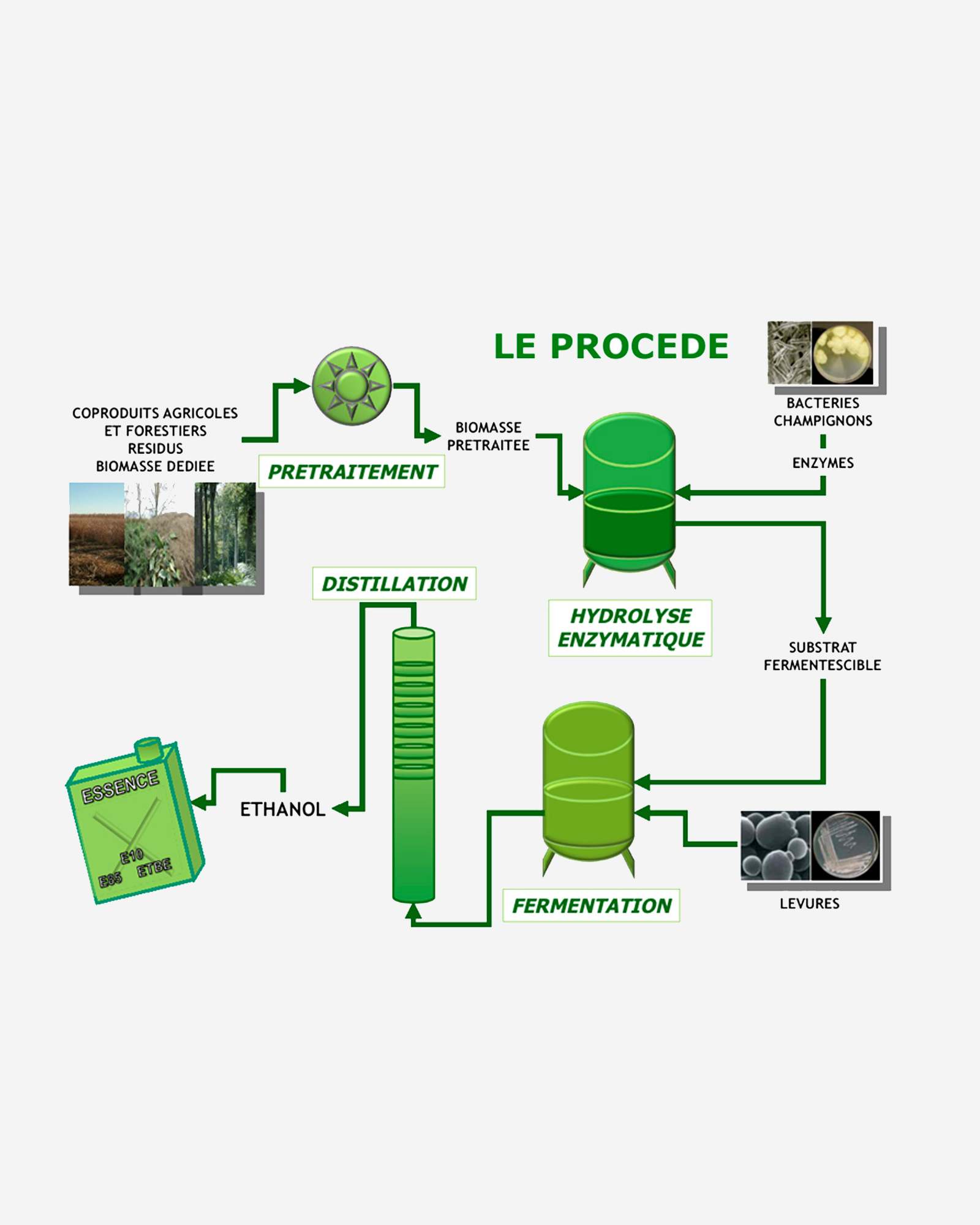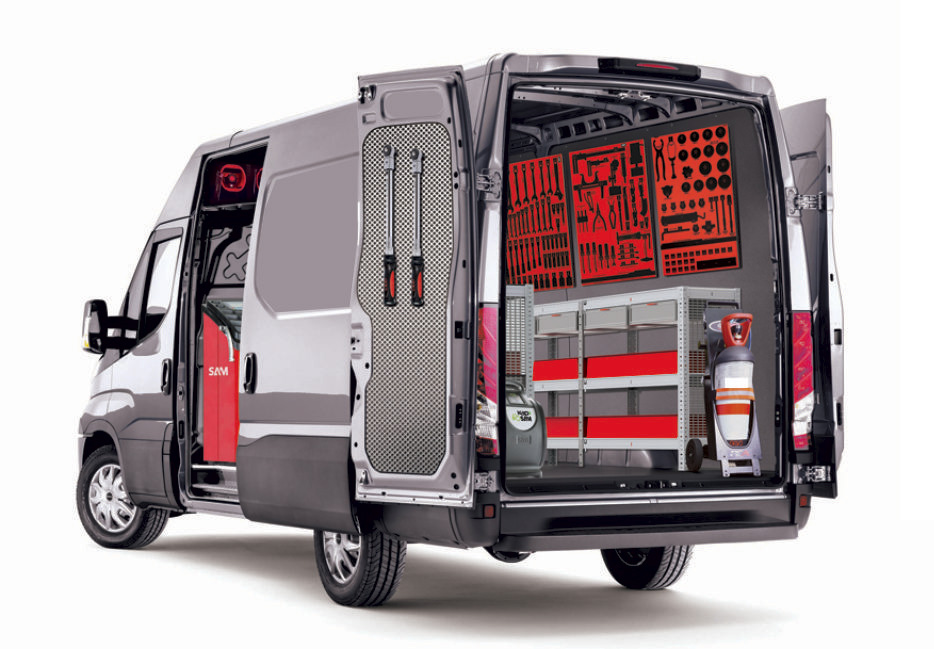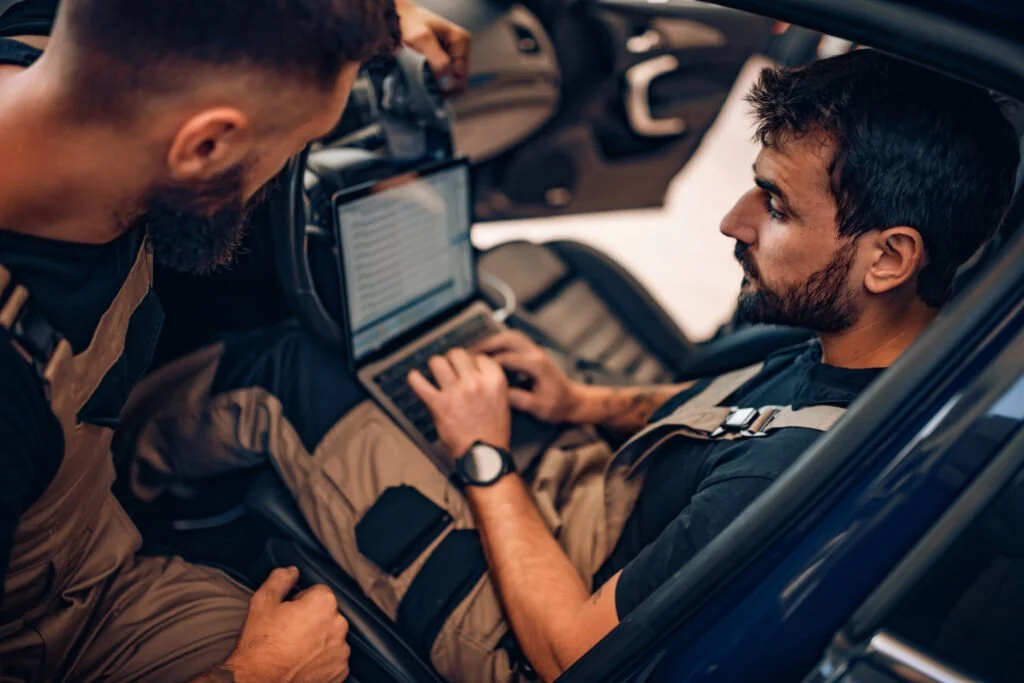ECOFLEX-85®
Adaptez votre véhicule essence au bioéthanol grâce à notre puce microélectronique ECOFLEX-85®, pour rouler plus vert et moins cher à partir de *599€.
*Hors déplacement et diagnostique
Simulateur
Calculez vos consommation de carburant avec Ecoflex-85.
Simulateur D'Économies
Calculer vos consommations de carburant et comparer avec ECOFLEX-85® notre Adaptateur breveté pour rouler au BioEthanol
Bateaux
Voitures
Jet-Ski
Moto
BTP
Engins Agricoles
Innovation : ECOFLEX-85®, Adapter les moteurs nautiques au bioéthanol grâce à l’intelligence embarquée

Notre puce micro-électronique permet aux moteurs essence marins de fonctionner au bioéthanol en toute sécurité, sans transformation mécanique, tout en améliorant leur rendement.
Grâce à son intelligence embarquée, elle ajuste en temps réel l’injection, le mélange air/carburant et les paramètres moteur selon les conditions de navigation. Cette optimisation dynamique garantit une propulsion plus propre, plus économique et totalement conforme aux exigences du monde maritime.
Avantages techniques
✅ Installation rapide, propre et réversible
✅ Adaptation automatique au carburant (E5 → E85)
✅ Protection moteur intégrée
✅ Pas de perte de puissance ni d’autonomie
✅ Compatibilité jetskis / hors-bord / in-bord essence
Gains économiques
✅ Bioéthanol jusqu’à 2× moins cher que l’essence marine
✅ Optimisation de la consommation (jusqu’à –15 % selon usage)
✅ Moins d’encrassement, donc réduction des coûts de maintenance
Gains environnementaux
✅ Réduction significative des émissions de CO₂
✅ Diminution des NOx et particules
✅ Combustion plus complète, donc moins d’hydrocarbures rejets en mer
Combien ça marche ?
L’adaptation commence à 599€ (hors frais de déplacement). Nous sommes transparents sur la façon dont nous effectuons nos conversions E85 car nos équipes ont plus de 10 ans d’expérience dans ce domaine:
Réception du véhicule client.
Nous faisons un diagnostic de votre véhicule afin de voir les éventuels défauts. Nous vérifions la bonne santé du véhicule en effectuant un diagnostic de votre véhicule.
Passage au banc de puissance pour contrôler la puissance initiale du véhicule et valider la bonne santé du moteur.
Remplissage du réservoir à l’E85
Essai et acquisitions de données sur route.
Vérification des données enregistrées après essai
Diagnostiquer plus relevé de gaz une fois l’adaptation faite.
Qu’est ce que le
Superéthanol E85 ?
Le superéthanol E85 est, à l’heure actuelle, le seul carburant renouvelable pour toute motorisation essence disponible immédiatement. Fabriqué à partir de matières premières végétales (ou biomasse). Le CO2 qu’il rejette correspond au CO2 absorbé lors de la croissance de la biomasse. C’est donc un carburant très peu polluant.

Pourquoi passer au
Bioéthanol ?
Augmentez votre pouvoir d’achat facilement. En effet le bioéthanol E85 est affiché à 0.69€ le litre contre 1,50€ pour le Sans Plomb. TVA déductible pour les entreprises.
Le superéthanol E85 est un carburant qui contient entre 65% et 85% de bioéthanol le restant de l’essence. Le bioéthanol est principalement produit à partir de plantes, betteraves et céréales cultivées en France, leurs transformations en sucre et en amidon se mélangent et permettent de réduire les émissions à effet de serre de 75% et les rejets de particules de 90% par rapport à l’essence fossile.
Ma voiture
est-elle compatible ?
Les dispositifs d’adaptations au Superéthanol E85 Hydro Ecotech sont compatibles avec tous les véhicules essence à injection électronique directe ou indirect mis en circulation depuis 2004 pour tous moteurs et tous marques essences.
La compatibilité d’un véhicule de l’adaptation à l’éthanol dépend de plusieurs facteurs :

Motorisation du véhicule
Essence, hybride et gaz

Année de mise en circulation
(avant 2001 les véhicules ne rentrent pas dans le cadre des homologations).

Type d’injection moteur
Injection directe ou injection indirecte (cela permet de déterminer la catégorie du boîtier).

Les chevaux fiscaux
Pour déterminer si le véhicule est homologable et dans quelle catégorie.
minimum d’économies d’argent
Nous nous déplaçons sur votre site pour adapter votre véhicule au bioéthanol avec notre camion atelier !
*Frais de déplacement à partir de 99€


Éco-conduite
1) Utiliser correctement les rapports de vitesse
Il est courant qu’un conducteur roulant à une allure constante de 60 km/h utilise le troisième rapport de vitesse. Pourtant, il est préférable d’utiliser le quatrième ou le cinquième rapport, abaissant ainsi le régime moteur. Résultat : une consommation diminuée et des émissions de gaz polluants en nette diminution.
Par ailleurs, si vous possédez un véhicule équipé d’un moteur diesel, il vous faut limiter le régime du passage de rapport à 2000 tours par minutes maximum. Par contre, si vous disposez d’une voiture essence, ne dépassez pas les 2500 tours par minutes avant de passer le rapport de vitesse suivant.
2) Maintenir une vitesse stable
Un véhicule maintenu à une vitesse stable nécessite moins d’énergie pour se déplacer. On réduit ainsi la consommation de carburant, et par conséquent ses émissions de polluants.
Les voitures dotées d’un moteur puissant permettent des accélérations plus franches et des montées en vitesse plus rapides. Un comportement à bannir pour une conduite économique. Ces accélérations brutales qui entraînent, la plupart du temps, des freinages brusques représentent la cause principale de la surconsommation de carburant. Préférez donc une vitesse régulière stable pour limiter votre consommation.
3) Utilisation du frein moteur
L’anticipation, évoquée ci-dessus, permet d’utiliser votre frein moteur dans les meilleures conditions. Comment faire ? Levez le pied ! En descente et lorsque les conditions de circulations routières vous le permettent, enlevez le pied de l’accélérateur permettra à votre véhicule de bénéficier du phénomène mécanique provoqué lorsque vous n’accélérez plus ! C’est donc votre moteur qui freine de lui-même, tout simplement ! Vous roulez ainsi « gratuitement » puisque votre consommation de carburant tombe à zéro !
4) Suivi et entretien du véhicule
Eh oui ! De nombreux paramètres d’entretien de votre voiture rentrent en ligne de compte lorsqu’il s’agit de consommation de carburant.
5) Surveillance du poids du véhicule
Plus votre voiture pèse lourd plus elle consomme. Évitez donc de la surcharger inutilement. Les coffres de toit et autres porte-vélos, viennent perturber l’aérodynamisme et la masse du véhicule entraînant une surconsommation de carburant et donc une augmentation des émissions de CO2.
6) Vitesse et surconsommation
En réduisant votre vitesse de 10 km/h lors de vos grands trajets, vous économiserez jusqu’à un litre de carburant tous les 100 km/h. Une économie non négligeable lorsque l’on prend la route des vacances, par exemple.
7) Lorsque nous sommes à l’arrêt on favorise le start and stop !
Dès que le moteur tourne plus de 30 secondes au ralenti, mieux vaut l’éteindre, tout simplement. Alors, dans les embouteillages ou devant un feu tricolore un peu long, on n’hésite pas à couper son moteur ! C’est bien plus rentable pour vous et bien plus respectueux de l’environnement.
8) Surveiller la taille et la pression des pneus
Il faut toujours surveiller la pression des pneus afin de s’assurer qu’il y a toujours la quantité d’air préconisée par le constructeur. Géométrie incorrecte ou changement régulier de l’huile sont autant de facteurs indissociables de la conduite économique !
9) Consommation climatisation
Éviter de trop utiliser la climatisation qui consomme environ 1L/ 100
10) Installation et déroulement du boitier ECOFLEX-85®
Avant le premier plein le client doit venir afin d’effectuer un premier diagnostic :
Nous allons faire une vérification de l’état des bougies, un contrôle de pollution, le client doit nous fournir un contrôle technique à jour, le véhicule ne doit pas dépasser les 250 000 km (entretenu) Rouler avec ce boitier en utilisant : un premier plein : 20% E–85 80% Super,
Deuxième plein : 50% E-85 bioéthanol et 50% Super,
Troisième plein : 80% E-85 bioéthanol et 20% Super
Quatrième plein : 100% E-85 bioéthanol
Après le quatrième plein (une fois qu’il reste 20% de carburant) le client doit effectuer un dernier diagnostic.
Pendant la période d’hiver, afin d’éviter les problèmes de démarrages, suivant les températures, quand celle-ci est plus basse que 10 degrés, il faut adapter le réservoir en le remplissant de 50% E-85 bioéthanol et 50% Super
FAQ
Témoignages de nos clients
Nos Formations
🎓 HydroEcotech Academy
Le centre de formation de la transition énergétique
HydroEcotech Academy est le centre de formation dédié aux utilisateurs, partenaires et franchisés de nos solutions. Elle transmet notre expertise sur les technologies HybridOgen®, Go-Stop® et Dolphin, en couvrant l’installation, l’exploitation, la maintenance, le monitoring carbone et les bonnes pratiques de décarbonation.
L’objectif : former des professionnels qualifiés pour une transition énergétique efficace et maîtrisée.

Formation Bioéthanol
Adaptez tout véhicules essences au bioéthanol !
Technologie brevetée et en cours de certification par le Ministère des Transports et les bureaux Veritas




